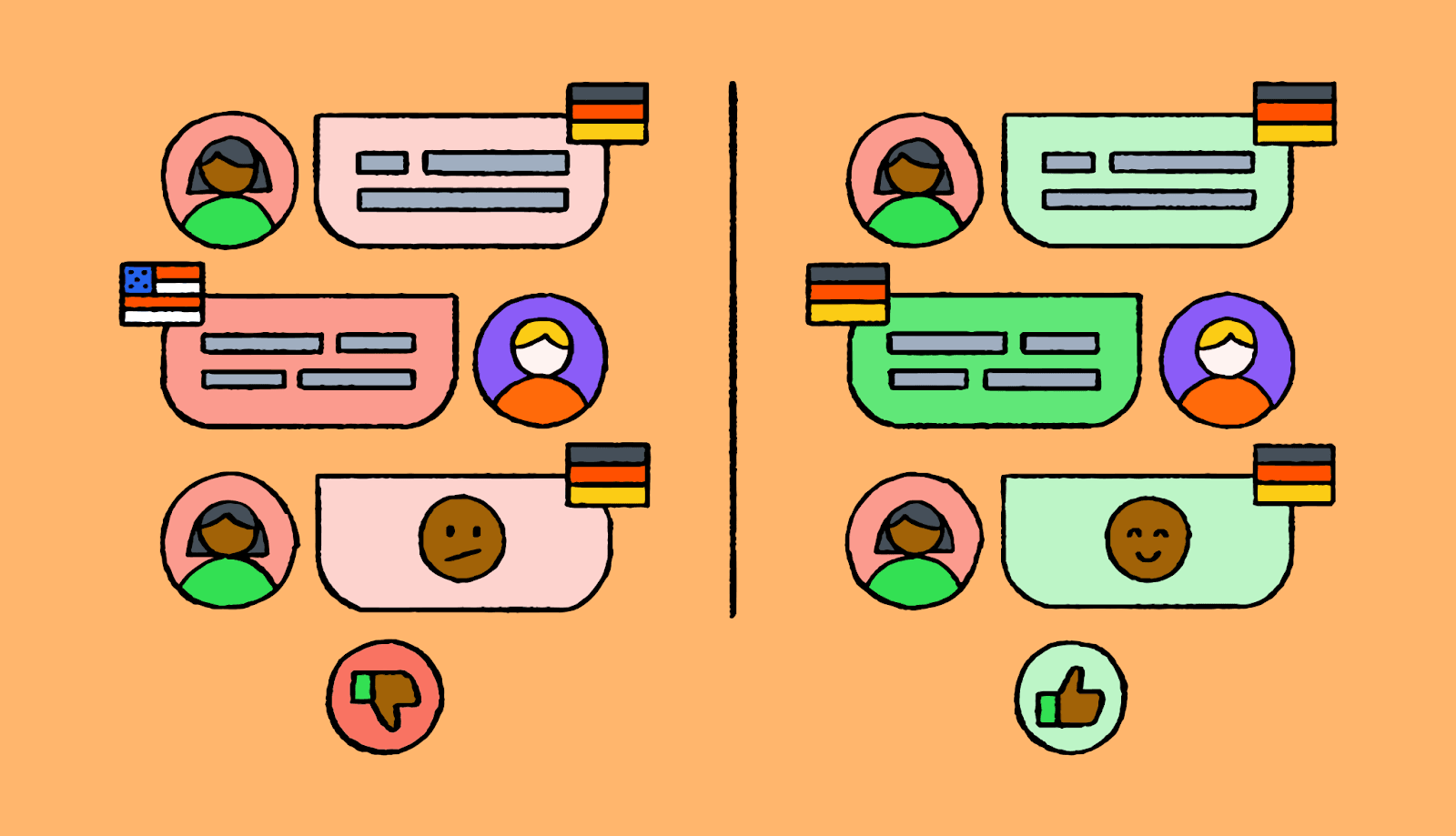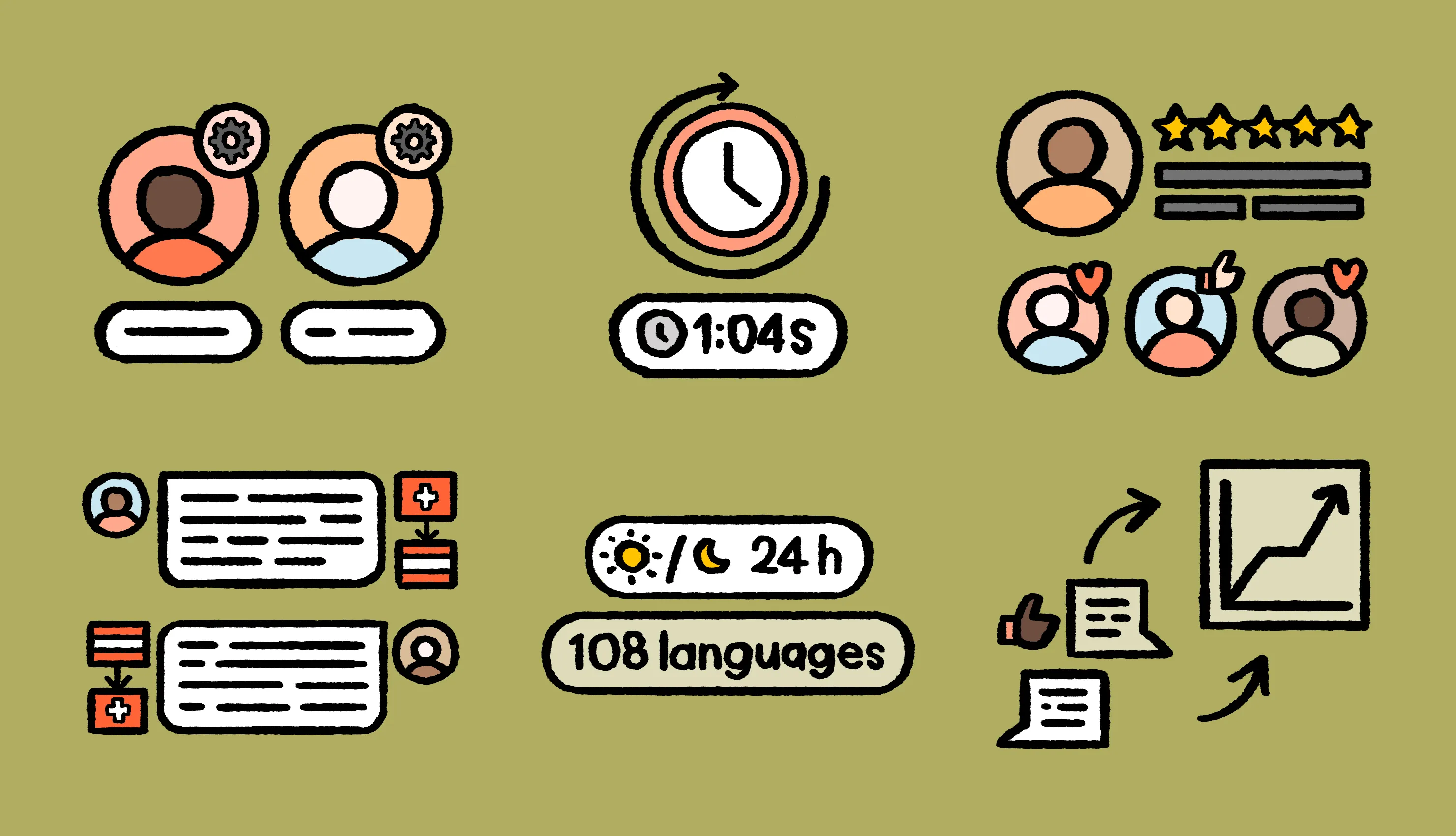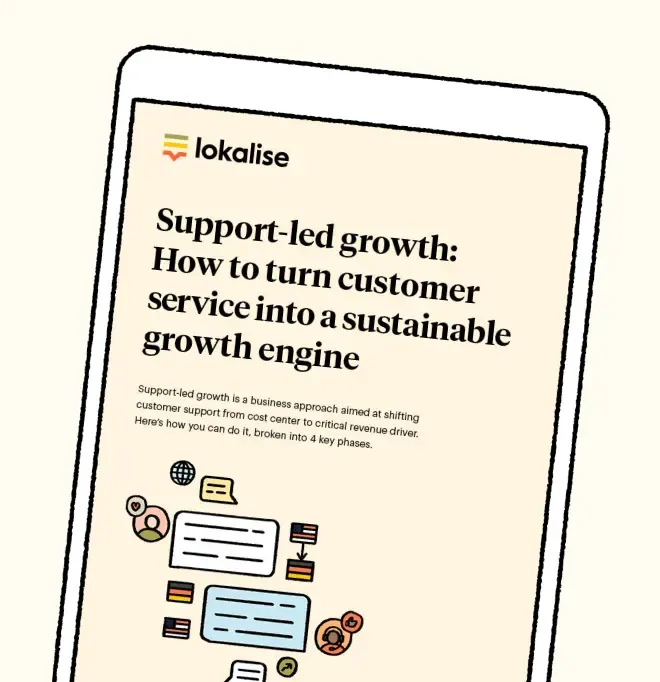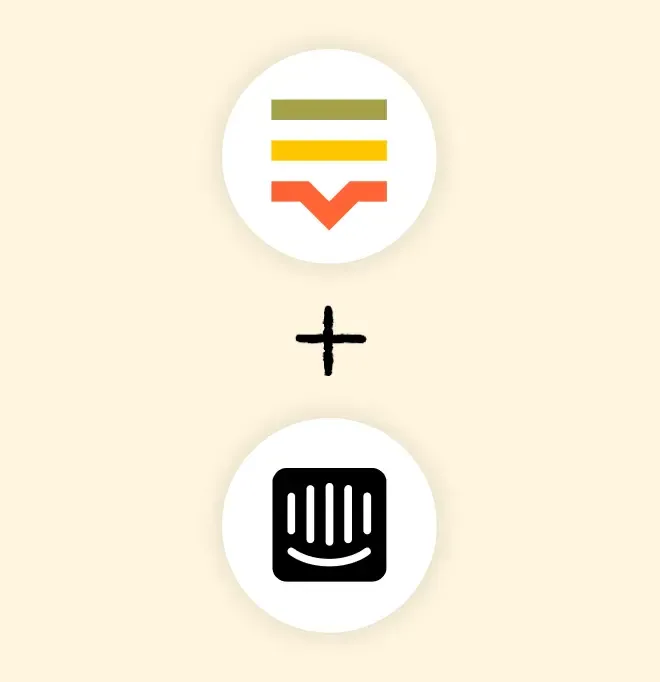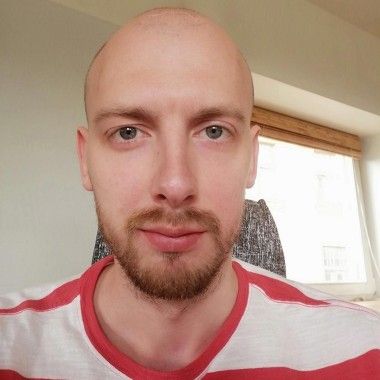The question then remains: how do you make sure you are on the right track?
Measuring the right data
Many customer support activities are easy to measure. Your customer support software (we use Intercom) will produce detailed reports (like the above), but it can’t tell you which numbers really matter to your team and what you need to do about them.
Here are three big, broad questions that will help you decide which metrics matter most to your situation:
- Why are you reporting?
- Who are you reporting to?
- What do you want the outcome to be?
“When a measure becomes a target, it ceases to be a good measure.”
As soon as we try to manipulate behaviors to alter a measure, it’s no longer useful. Most metrics don’t measure anything except whether someone is good at making them go up.
If you measure quality, but only ever reward or praise reply quantities, your quality program will stay on the sidelines. If, on the flip side, you have clear quality metrics and highlight them consistently, then your quality reviews will have an impact.
While we don’t tie our support team to revenue metrics, their work is crucial when it comes to retention, expansions, and customer loyalty.
Aside from a great product, our support is often one of the top reasons our customers use Lokalise to localize.
In both B2C and B2B, it’s evident that customer support is not just customer support but also sales, marketing, branding, and customer success. As these disciplines blur, customer support is directly impacting business results.
There’s a downside to rapidly increasing customer expectations: providing fast, excellent support to everybody at all times is hard. Making that balancing act work is definitely making customer support in 2022 a much steeper challenge than 10 or 15 years ago.
Note: We don’t use metrics as part of our team’s performance review process but rather as a set of indicators of the overall health of our team.
How do you increase the number of conversations and languages a team can answer in without adding a ton of headcount?
Our use of Intercom has been instrumental in supporting our users. Users send messages through the live chat widget on the website, which forwards to Intercom. New messages are initially routed to the unassigned inbox and it’s up to the agents to take ownership of the cases to collectively ensure no customer is left waiting.
We like to practice what we preach, so we’ve been using Lokalise Messages for Intercom for months before its official launch. It’s been key to supporting our international users, allowing our agents to deal with queries in any language from anywhere in the world.
